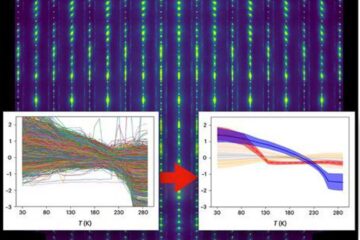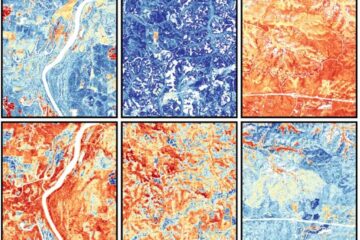Whale sharks do the math to avoid that sinking feeling

They are the largest fish species in the ocean, but the majestic gliding motion of the whale shark is, scientists argue, an astonishing feat of mathematics and energy conservation. In new research published today in the British Ecological Society's journal Functional Ecology marine scientists reveal how these massive sharks use geometry to enhance their natural negative buoyancy and stay afloat.
For most animals movement is crucial for survival, both for finding food and for evading predators. However, movement costs substantial amounts of energy and while this is true of land based animals it is even more complex for birds and marine animals which travel in three dimensions. Unsurprisingly this has a profound impact on their movement patterns.
“The key factor for animal movement is travel speed, which governs how much energy an animal uses, the distance it will travel and how often resources are encountered,” said lead author Adrian Gleiss from Swansea University. “However, oceanic animals not only have to consider their travel speed, but also how vertical movement will affect their energy expenditure, which changes the whole perspective.”
For the past four years, Adrian Gleiss and Rory Wilson, from Swansea University, worked with Brad Norman from ECOcean Inc. to lead an international team to investigate the movements of whale sharks, Rhincodon typus, at Ningaloo Reef in Western Australia. They attached animal-borne motion sensors, accelerometers, to the free-swimming whale sharks to measure their swimming activity and vertical movement, which allowed them to quantify the energetic cost of vertical movement.
The team's data revealed that whale sharks are able to glide without investing energy into movement when descending, but they had to beat their tails when they ascended. This occurs because sharks, unlike many fish, have negative buoyancy.
Also, the steeper the sharks ascended, the harder they had to beat their tail and the more energy they had to invest. The Whale Sharks displayed two broad movement modes, one consisting of shallow ascent angles, which minimize the energetic cost of moving in the horizontal while a second characteristic of steeper ascent angles, optimized the energetic cost of vertical movement.
“These results demonstrate how geometry plays a crucial role in movement strategies for animals moving in 3-dimensions,” concluded Gleiss. “This use of negative buoyancy may play a large part in oceanic sharks being able to locate and travel between scarce and unpredictable food sources efficiently.”
Media Contact
More Information:
http://www.wiley.comAll latest news from the category: Studies and Analyses
innovations-report maintains a wealth of in-depth studies and analyses from a variety of subject areas including business and finance, medicine and pharmacology, ecology and the environment, energy, communications and media, transportation, work, family and leisure.
Newest articles

Machine learning algorithm reveals long-theorized glass phase in crystal
Scientists have found evidence of an elusive, glassy phase of matter that emerges when a crystal’s perfect internal pattern is disrupted. X-ray technology and machine learning converge to shed light…

Mapping plant functional diversity from space
HKU ecologists revolutionize ecosystem monitoring with novel field-satellite integration. An international team of researchers, led by Professor Jin WU from the School of Biological Sciences at The University of Hong…

Inverters with constant full load capability
…enable an increase in the performance of electric drives. Overheating components significantly limit the performance of drivetrains in electric vehicles. Inverters in particular are subject to a high thermal load,…





















